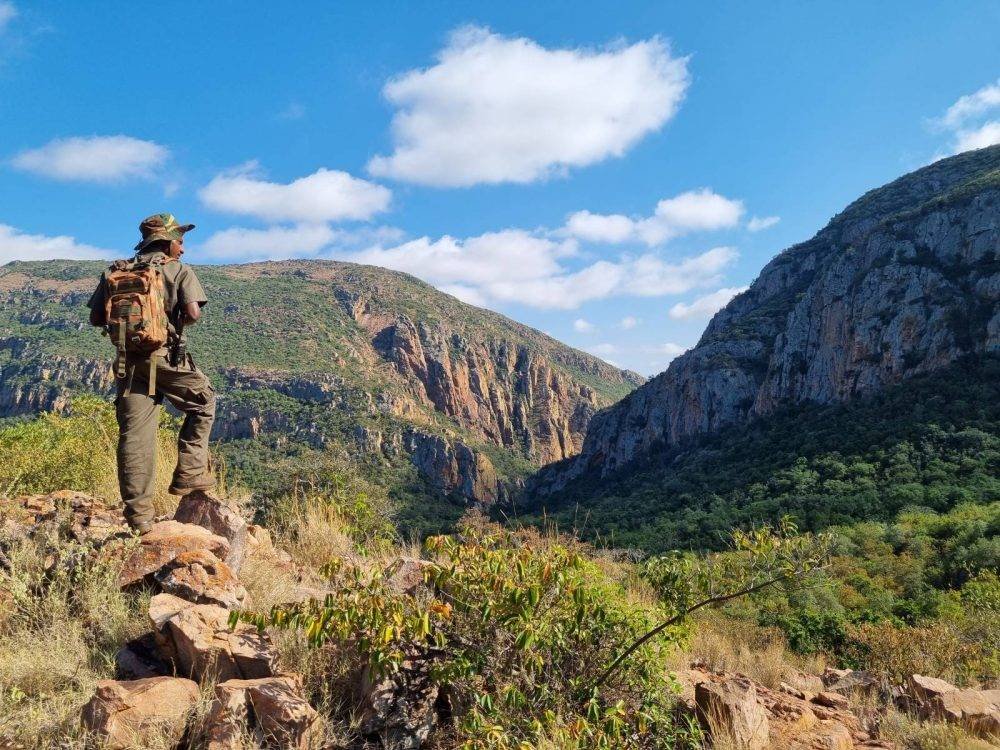Nestled in the heart of Limpopo, the “Forgotten Mountain” has been resurrected from obscurity into one of South Africa’s most important nature reserves. The Western Soutpansberg Nature Reserve, officially declared last Friday, spans a sprawling 11,607 hectares of rich biodiversity. The declaration marks a major victory for environmentalists, biodiversity enthusiasts, and the local communities who rely on this land’s natural resources. The creation of the reserve signals an exciting new chapter in South Africa’s conservation efforts and reflects the country’s growing commitment to preserving critical ecosystems in the face of modern challenges.
This area, which stretches across 14 properties and involves eight landowners, had been quietly protected for years but now has achieved full recognition under the National Environment Management Protected Areas Act. The declaration was published in the Limpopo provincial gazette, formally announcing the Western Soutpansberg as a protected area for all to appreciate. The formalization of the reserve is the result of years of hard work, collaboration, and advocacy by conservation groups such as the Endangered Wildlife Trust (EWT), government entities, local landowners, and other partners invested in preserving the natural and cultural heritage of the region.
The term “Forgotten Mountain” stems from the long-standing obscurity of the area in public discourse. Despite its critical ecological importance, the Soutpansberg mountains had not received the widespread attention they deserve. However, with the efforts of dedicated individuals like Cathy Vise, program manager of the Soutpansberg Protected Area Program at the Endangered Wildlife Trust, this stunning piece of land has now been recognized as one of the most biodiverse regions in the country.
The reserve is a true gem in the conservation world, home to over 593 species of trees and five distinct biomes: wetlands, forest, savanna, grassland, and even fynbos elements, offering a rare variety of plant and animal life. It also harbors 11 endemic reptile species, and while wildlife like leopards and wild dogs are frequent visitors, the rich plant life remains the star of the show. The unique flora of the Soutpansberg includes many endemic species that are not found anywhere else on the planet. In fact, the area has been identified as a key biodiversity hotspot and a centre of endemism, meaning its biological value is irreplaceable.
What makes this place even more extraordinary is its cultural significance. The Soutpansberg holds multiple sacred sites, ancient rock art, and deep cultural connections to the communities in the region. The VhaVenda people, for instance, call it “Tha vhani ya muno,” meaning “the mountain of salt,” a name derived from the salt pans that lie to the northwest of the mountain range. These cultural and historical ties further emphasize the importance of protecting this land, not just for its biodiversity but also for the people whose lives and traditions are intertwined with it.
For years, the Soutpansberg has been the subject of scientific study. The Lajuma Research Centre and the University of Venda have long been documenting the area’s remarkable biodiversity, identifying species that contribute to the country’s global ecological standing. Yet, despite this scientific attention, the area was in danger of being lost to development. Invasive alien plants, like Eucalyptus, have been gradually depleting precious water resources, and illegal activities such as poaching and unsustainable harvesting of medicinal plants were starting to take a toll on the landscape. Furthermore, agricultural expansion and township development posed serious threats to the fragile ecosystems.
However, the creation of the Western Soutpansberg Nature Reserve is a major step forward in combatting these challenges. The Endangered Wildlife Trust, in partnership with local landowners, conservation organizations, and the Limpopo Department of Economic Development, Environment and Tourism, has made significant strides in removing invasive plant species, restoring water flow to vital ecosystems, and providing employment opportunities for local communities. The establishment of the reserve not only protects the environment but also creates jobs, empowers local youth, and encourages ecotourism, which promises to be a sustainable source of income for the region. The Old Salt Trail, which allows hikers to explore the stunning beauty of the area, is one of the many initiatives designed to attract tourists and raise awareness about the importance of conservation.
The reserve management also includes ongoing initiatives to manage fire risks, control bush encroachment, and ensure the safety of wildlife through anti-poaching efforts. As part of its long-term vision, the Trust is working toward expanding the reserve by an additional 20,000 hectares in 2025. By 2030, the goal is to protect a total area of 50,000 hectares, further solidifying the Soutpansberg’s status as one of the country’s most important conservation areas. This expansion is part of a broader global commitment to the 30×30 target, a conservation initiative calling for the protection of 30% of the world’s terrestrial and marine ecosystems by 2030.
The Western Soutpansberg Nature Reserve’s official declaration is not only a significant achievement for Limpopo and South Africa but also a major victory for biodiversity and cultural preservation on a global scale. With increasing threats to the world’s natural landscapes, initiatives like this one are critical in ensuring that future generations can experience and learn from these irreplaceable ecosystems. As the world looks toward sustainable development, the efforts of conservationists, landowners, and local communities in the Soutpansberg region serve as a powerful model for other areas in need of protection.
This isn’t just a story about preserving nature—it’s about innovation, collaboration, and a shared vision for a sustainable future. The work done in the Western Soutpansberg sets a precedent for how communities, conservationists, and governments can come together to protect the environment while also fostering economic growth and cultural preservation. The journey of the Forgotten Mountain is a testament to what can be accomplished when people unite to protect the planet.
If you’re passionate about groundbreaking conservation efforts and environmental innovation, stay updated with the latest news on sustainability and global trends. Sign up for Innovation Times today to receive daily insights into the world of technology, leadership, entrepreneurship, and environmental sustainability.
🌍 Join the global conversation and subscribe now at www.innovationtimes.com.



